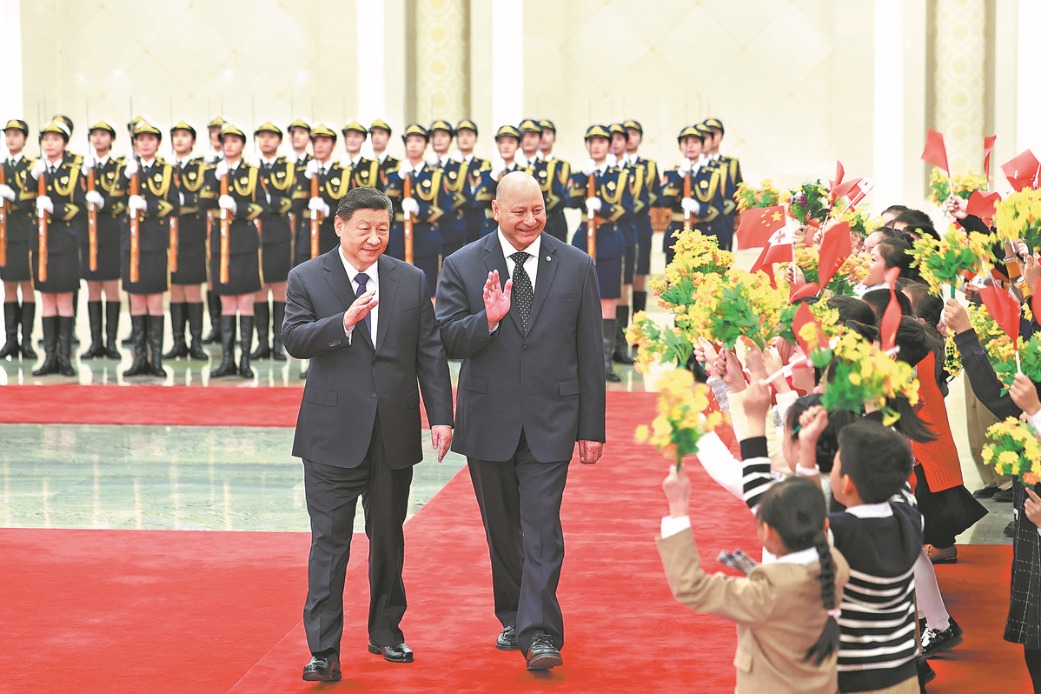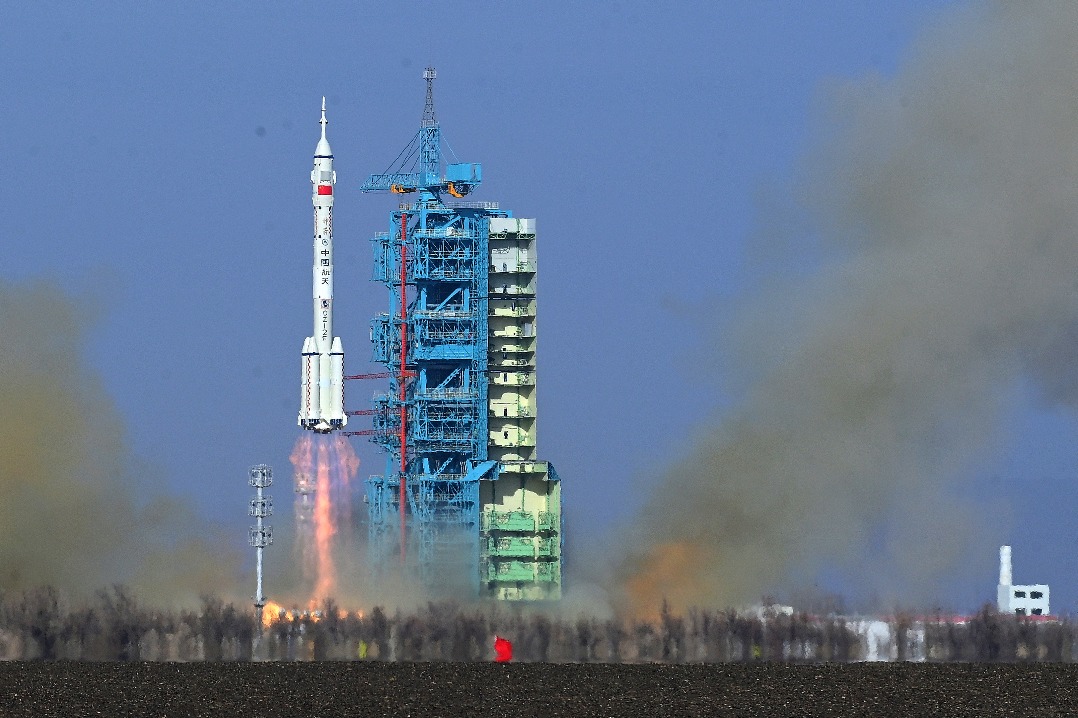Museums showcase shared Chinese identity
Taipei's treasures originating from mainland proof of cross-Strait unity





Q&A
Q: What opportunities will there be for Taiwan affairs during the 15th Five-Year Plan (2026-30)?
A: The proposal for the 15th Five-Year Plan sets aside a dedicated section on Taiwan affairs, centering on cross-Strait integrated development. It connects the long-term goals of national reunification and peaceful cross-Strait progress with concrete efforts to improve the well-being of Taiwan compatriots.
The plan conveys three key signals:
First, the mainland will maintain its leading role and proactive posture in cross-Strait relations, firmly countering "Taiwan independence" and external interference to safeguard regional stability. This, analysts say, offers more predictable conditions for Taiwan-funded companies expanding on the mainland.
Second, the development of cross-Strait integrated development demonstration zones will accelerate in Fujian province, with institutional and mechanistic integration — particularly in Xiamen — to be sped up over the next five years.
Third, the vision of shared cross-Strait development and common prosperity is becoming more concrete and actionable, shifting from aspiration to a practical construction blueprint.
For Taiwan businesses, the 15th Five-Year Plan presents a prime chance to engage more deeply in the mainland's modernization drive and the new development paradigm.
Taiwan businesspeople should focus on three main areas:
・ Advancing new quality productive forces.
The mainland's push into emerging and future industries — including electronic information, optoelectronics, smart manufacturing, green energy and the digital economy — aligns closely with the strengths of Taiwan enterprises. Firms can set up R&D centers, regional headquarters and innovation factories in Xiamen to play a leading role in industrial upgrading.
・ Planning for the cross-Strait youth market.
Deeper youth exchanges mean steadier integration. Xiamen offers strong conditions for internships, employment and entrepreneurship for young people from Taiwan, giving them a platform to pursue their goals and envision their future on the mainland.
・ Taking part in the integration between Xiamen and Jinmen.
This goes beyond geography and points toward deeper integration in production, trade, talent and culture. Projects such as the Xiamen-Jinmen Bridge, power and gas links and a shared airport are expected to shape cross-regional commuting and consumption circles and open new industrial-chain space.
The Xiamen-Jinmen integration serves as the most vivid and authentic expression of cross-Strait engagement — best understood not only through policies but through everyday exchanges.
Recent progress includes the Xiamen section of the Xiamen-Jinmen Bridge entering full industrialized construction; a power-connection substation going into operation; a gas source station ready for production; and Xiang'an International Airport nearing completion. These developments are laying the groundwork for a future shared aviation hub. It has also become easier for Jinmen residents to shop, seek medical care, study and spend leisure time in Xiamen — leading many to view the city as their "back garden".
The question was answered by Wu Chia-ying, executive vice-president of the Association of Taiwan Investment Enterprises on the Mainland, and honorary president of the Taiwan Businessmen Association in Xiamen, Fujian.




















